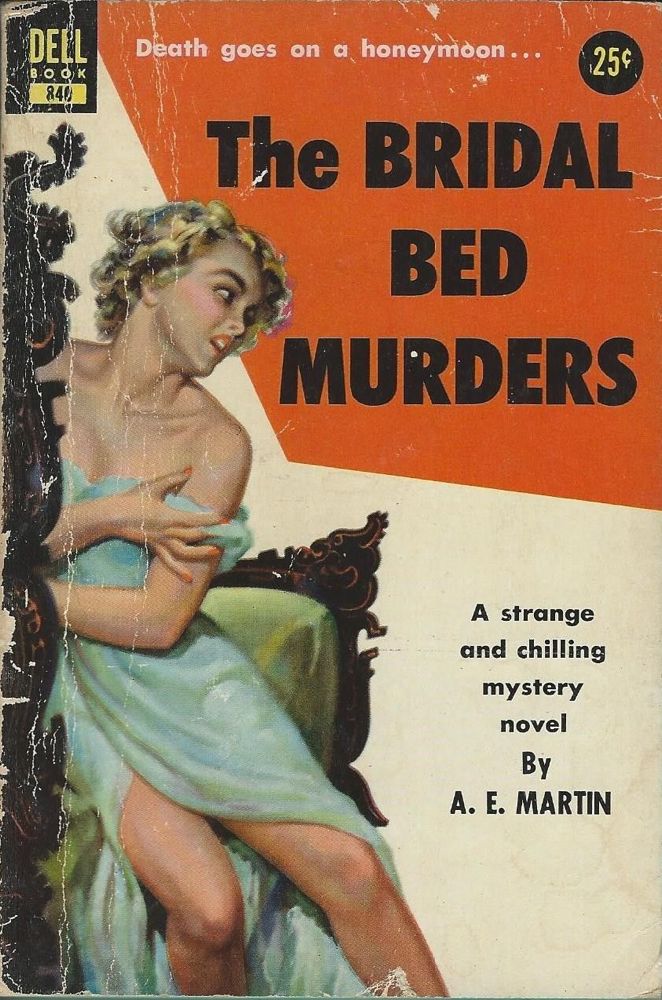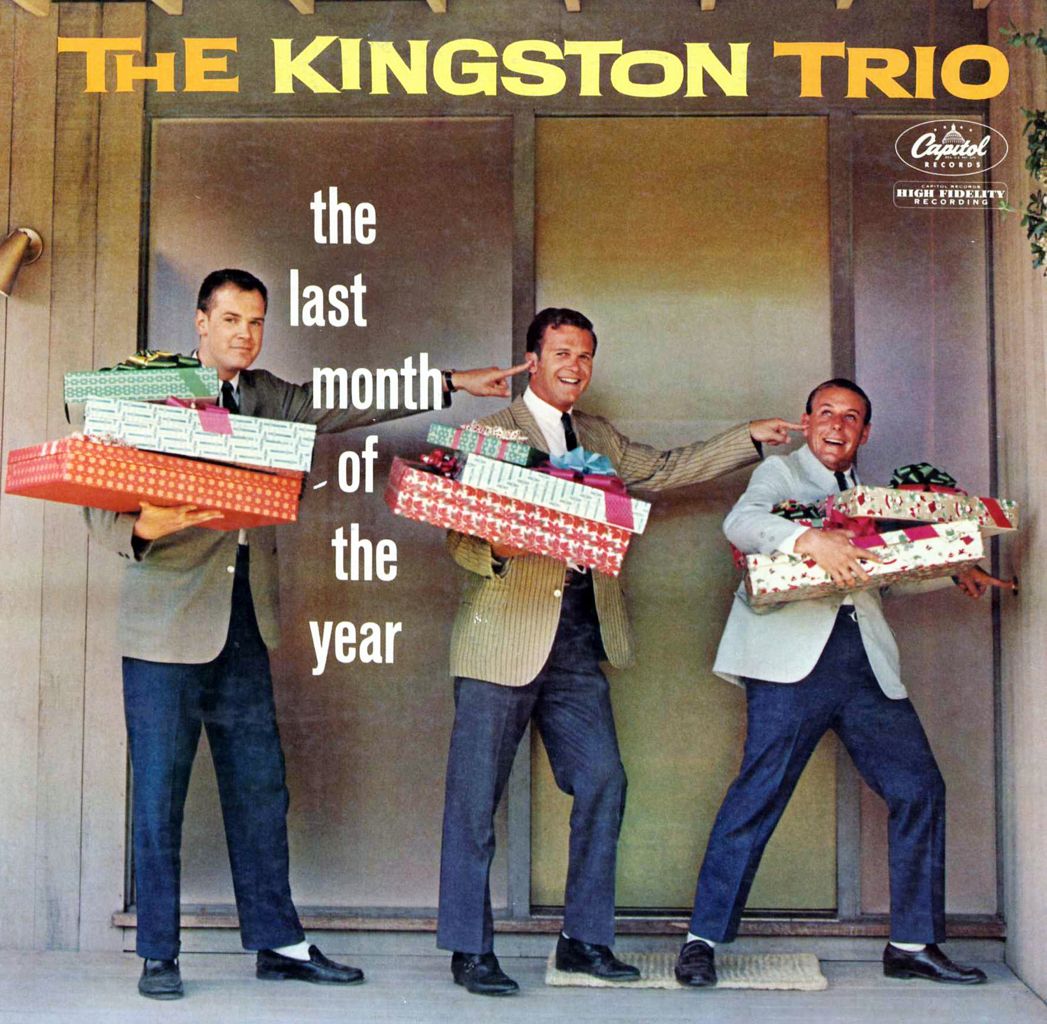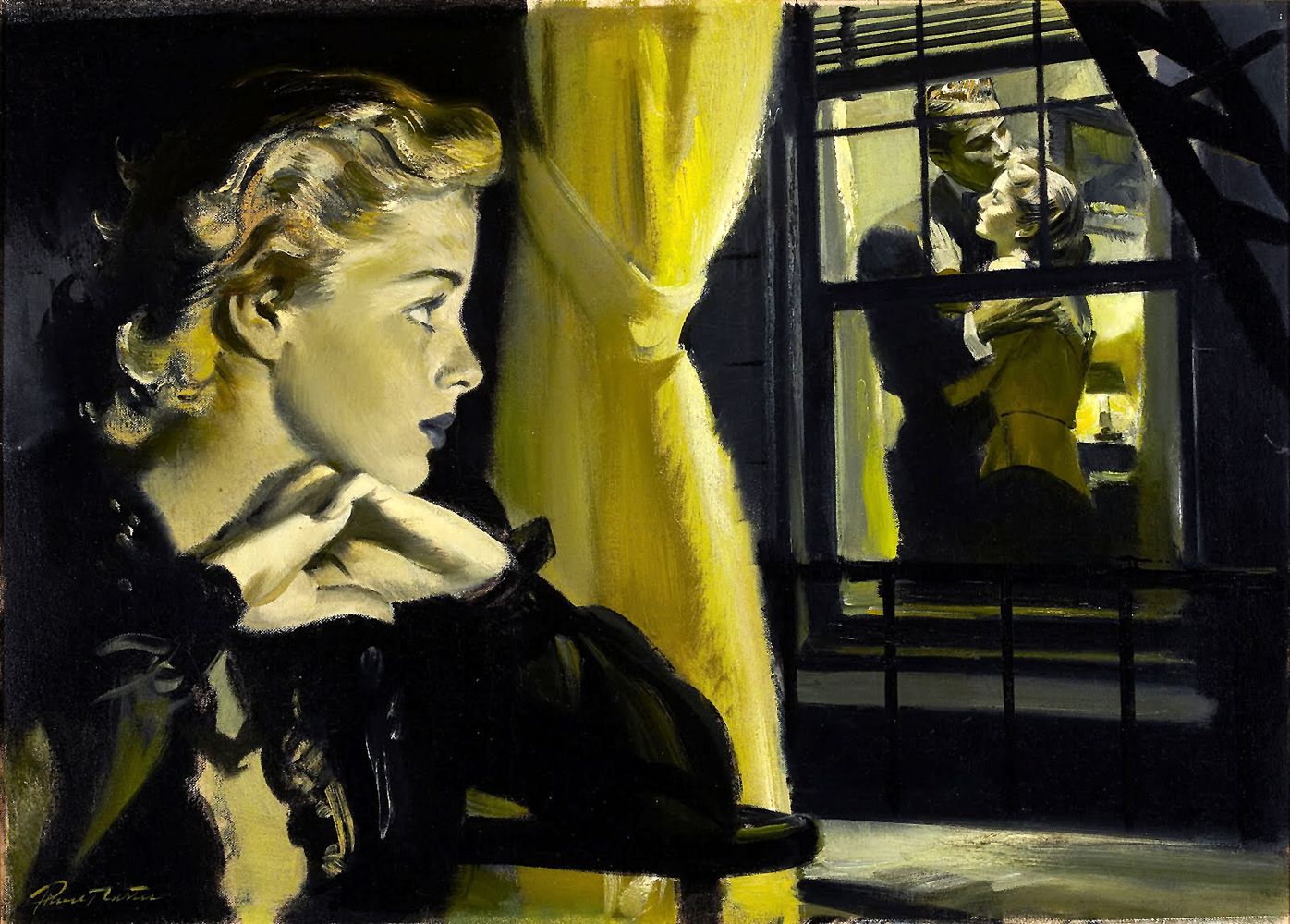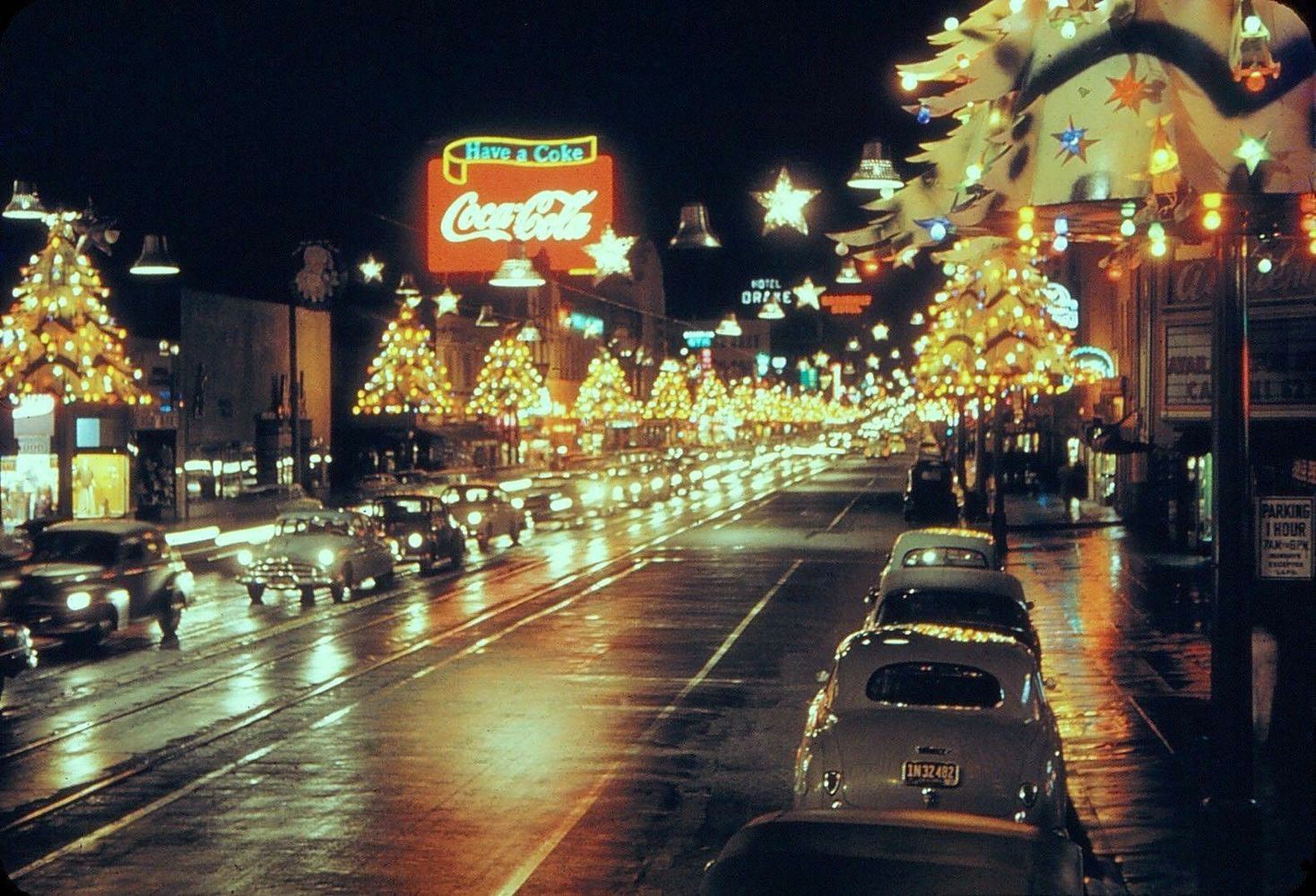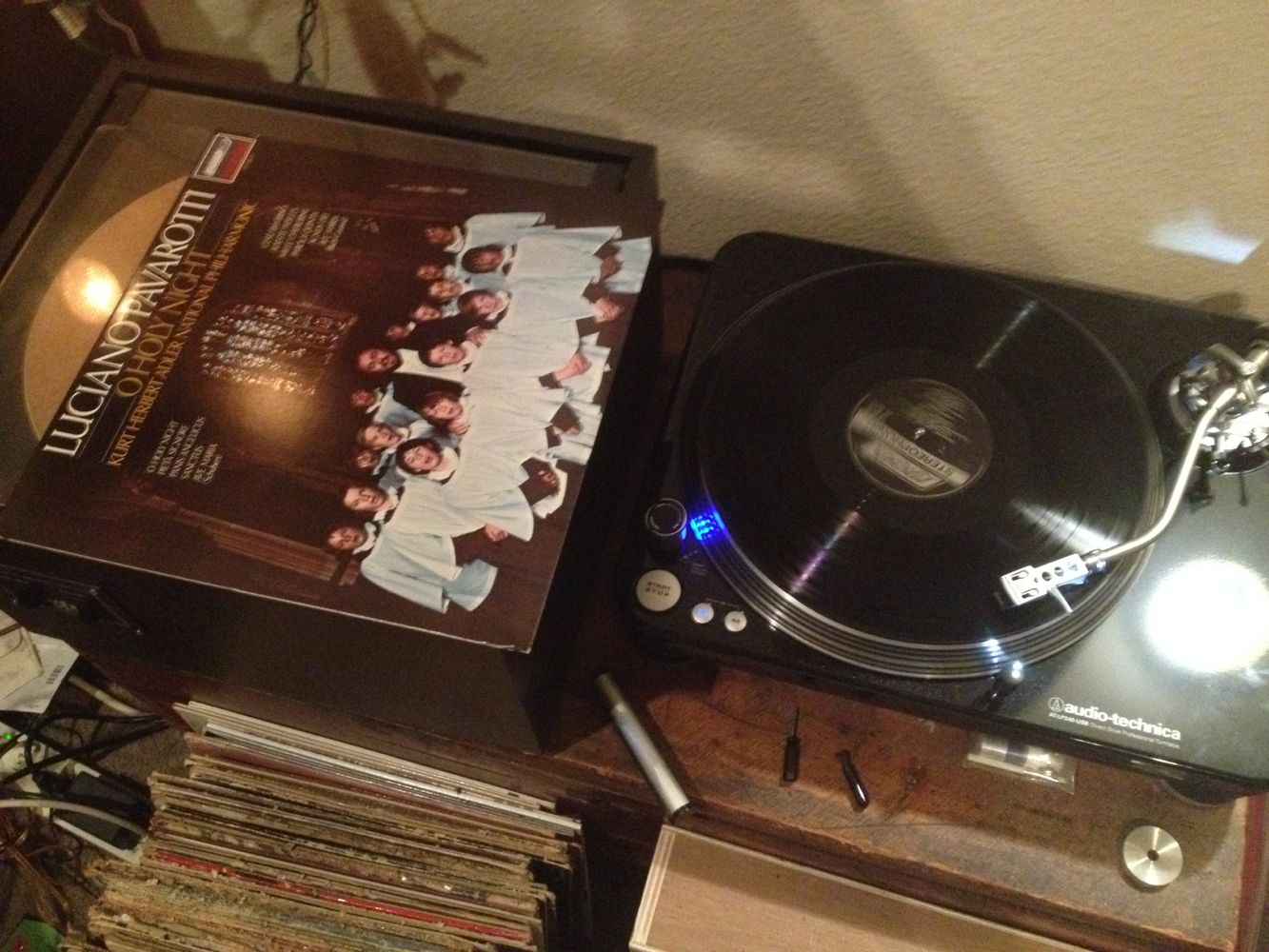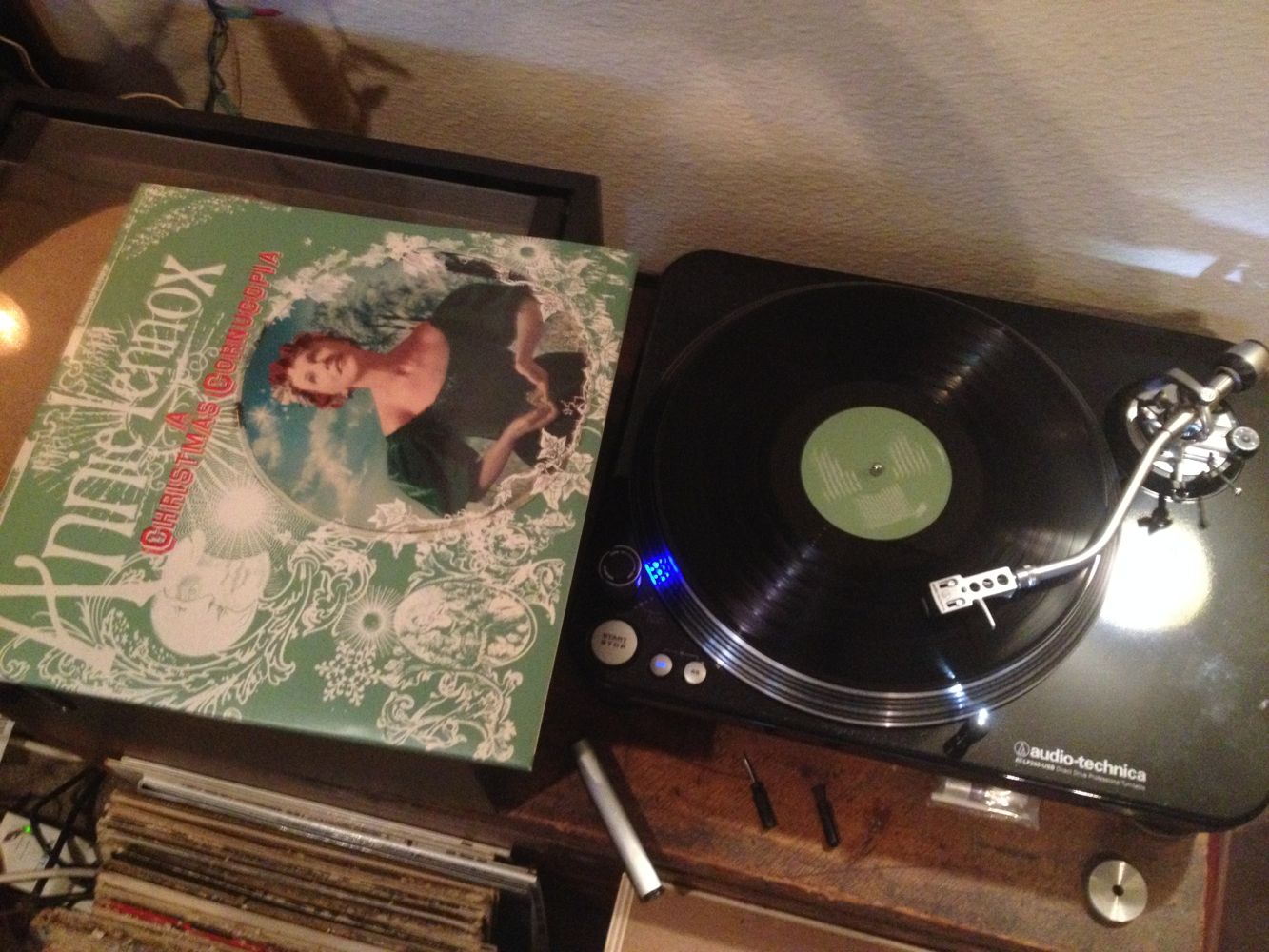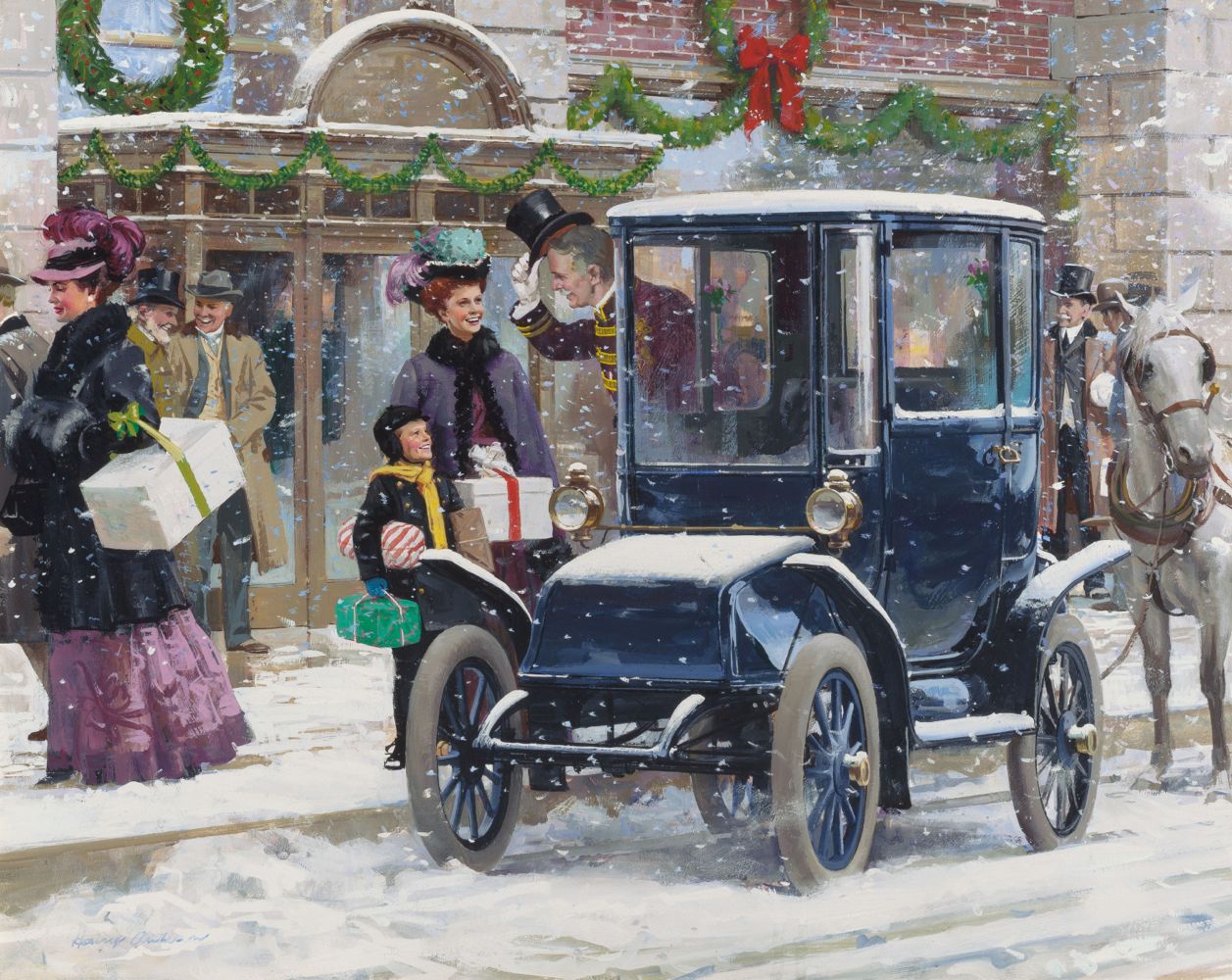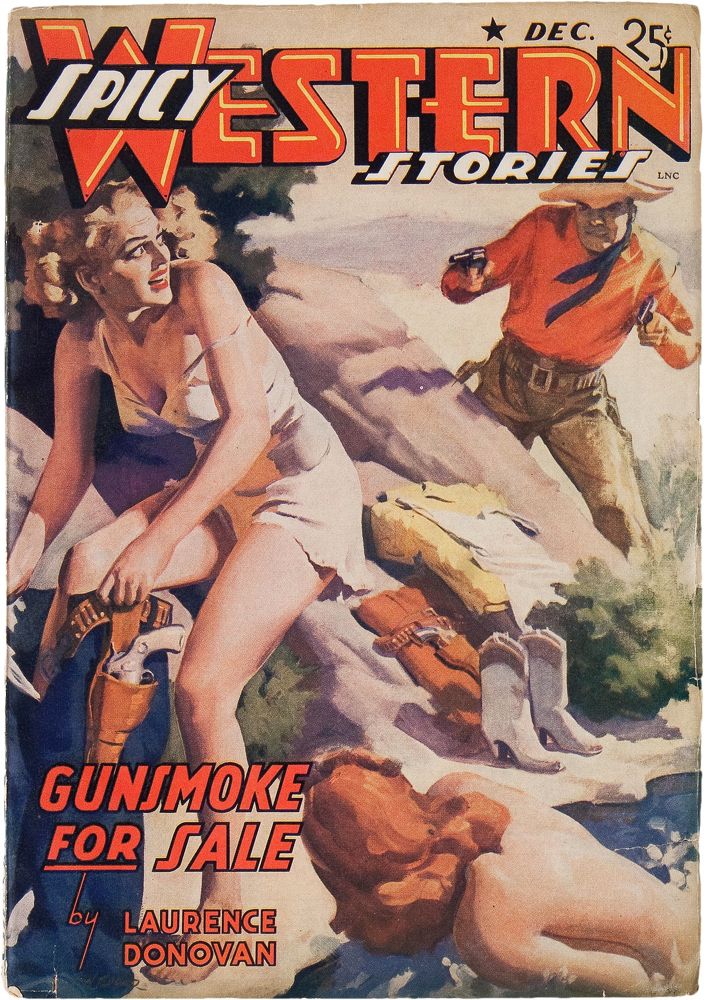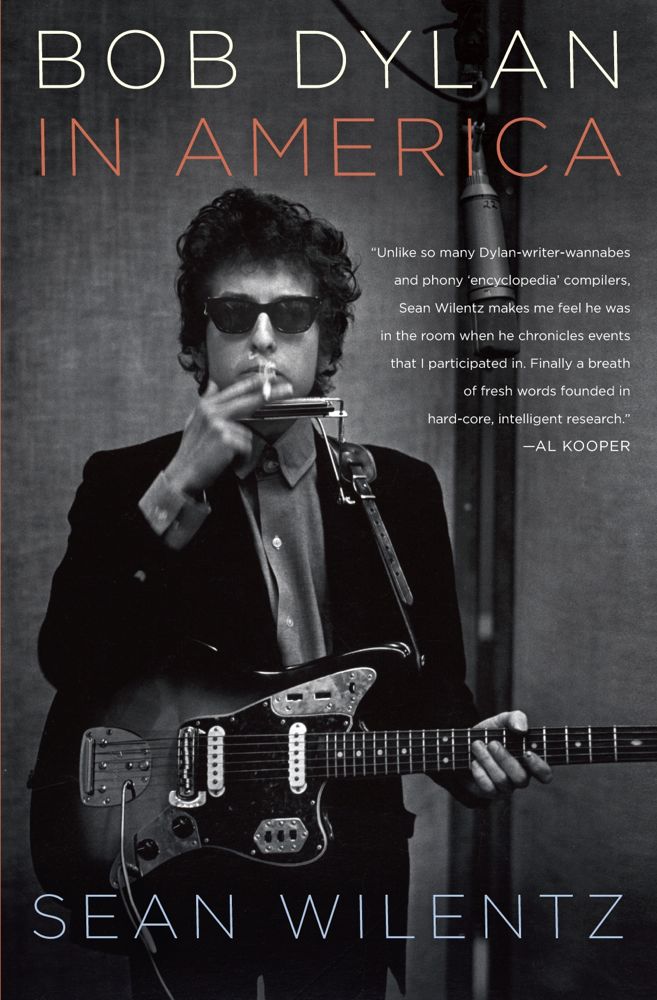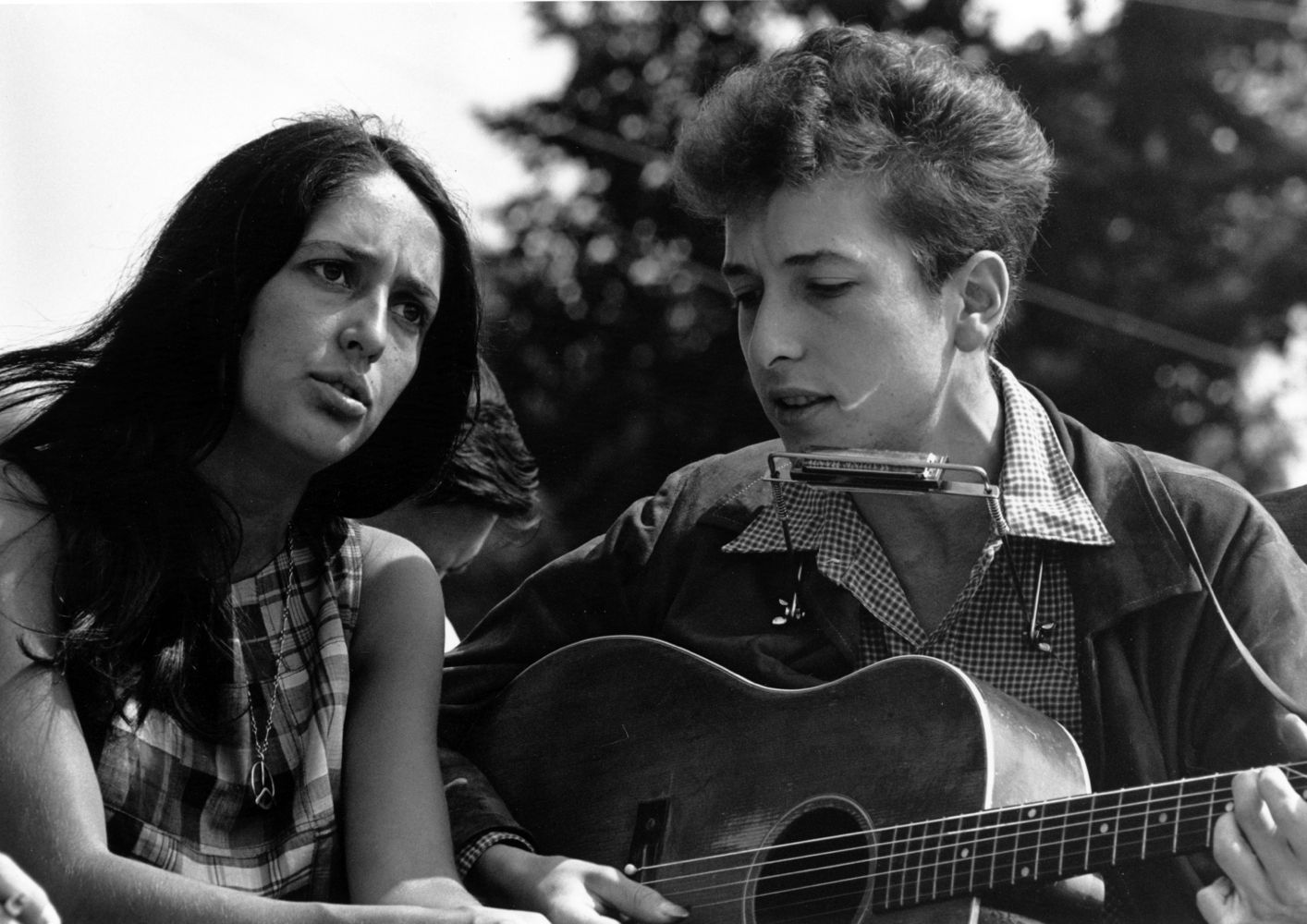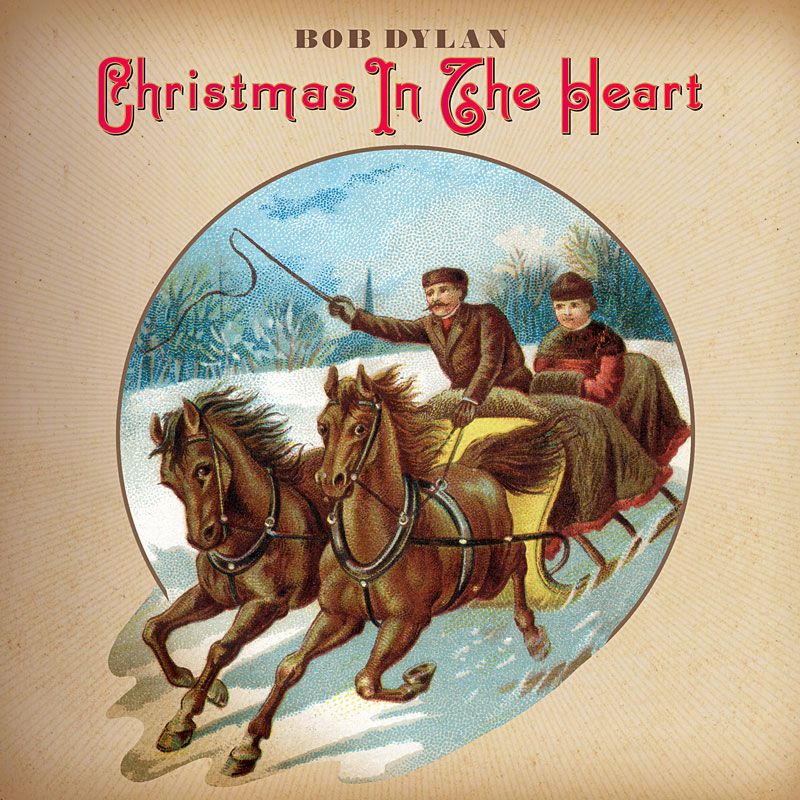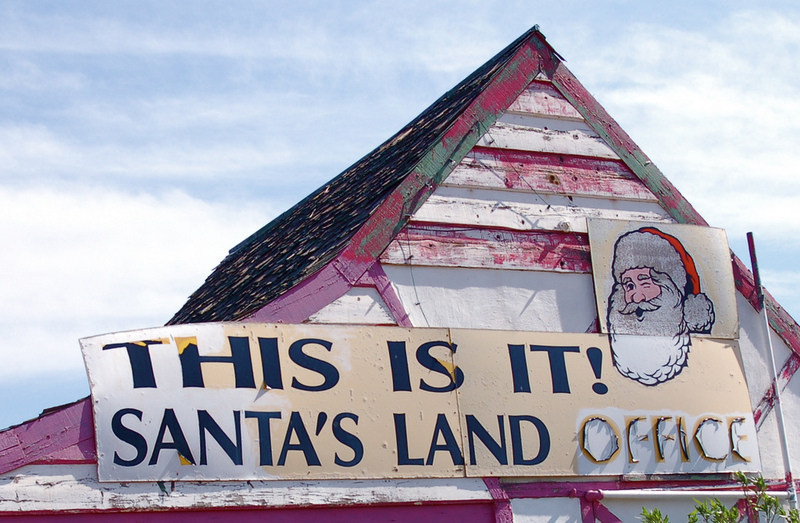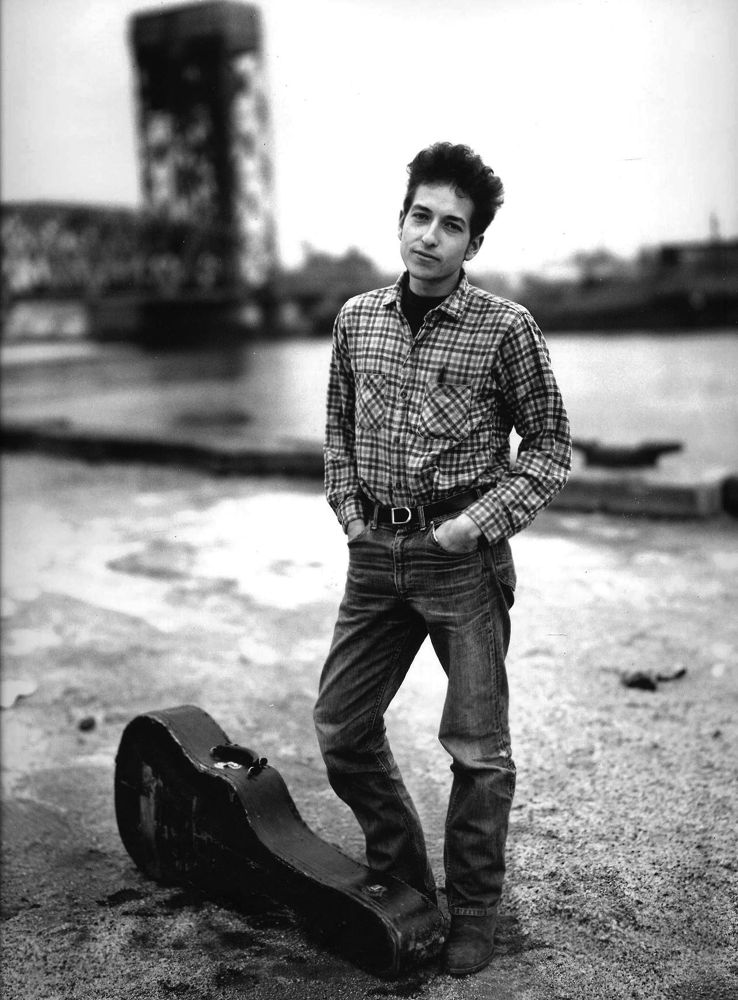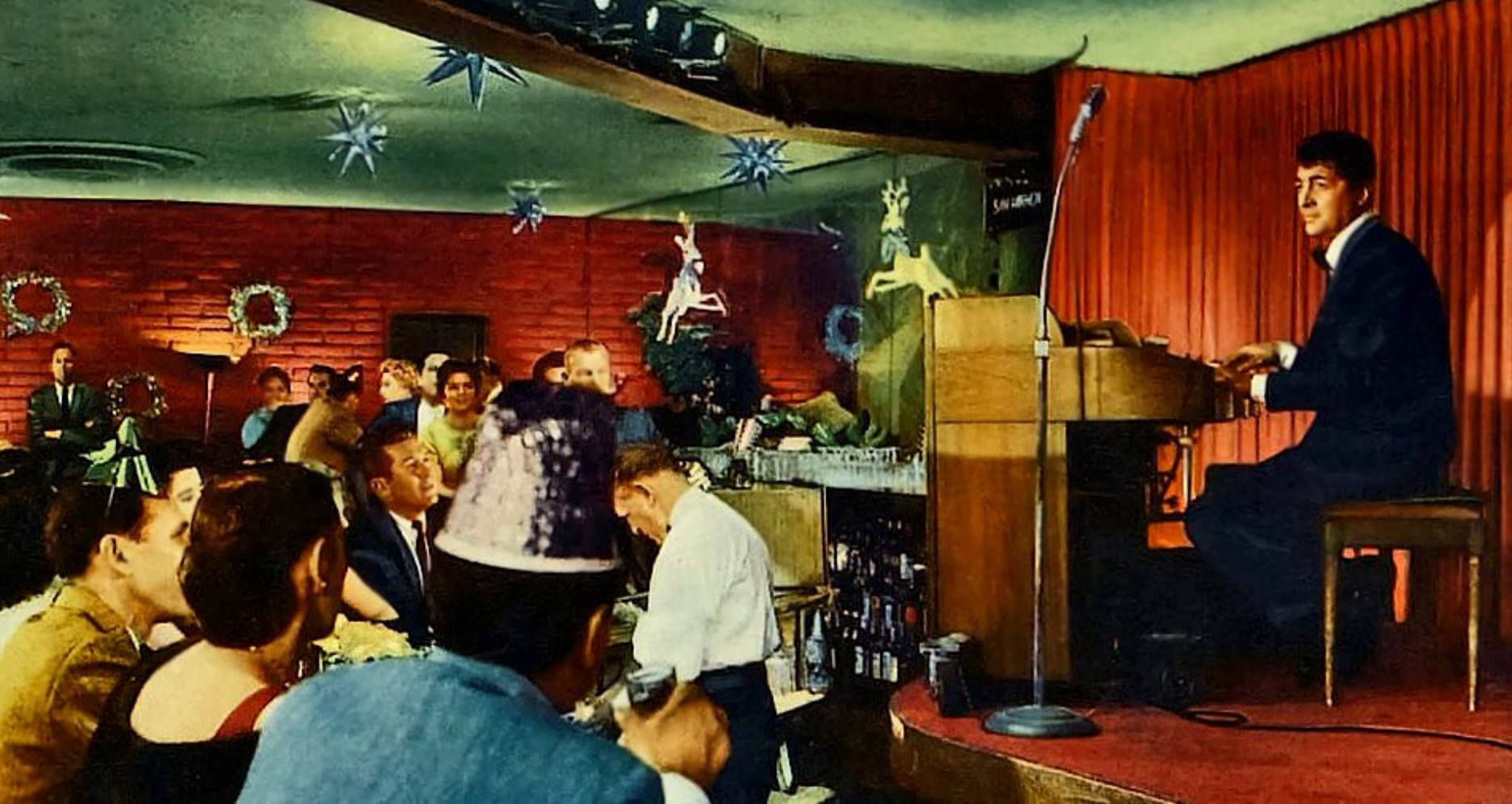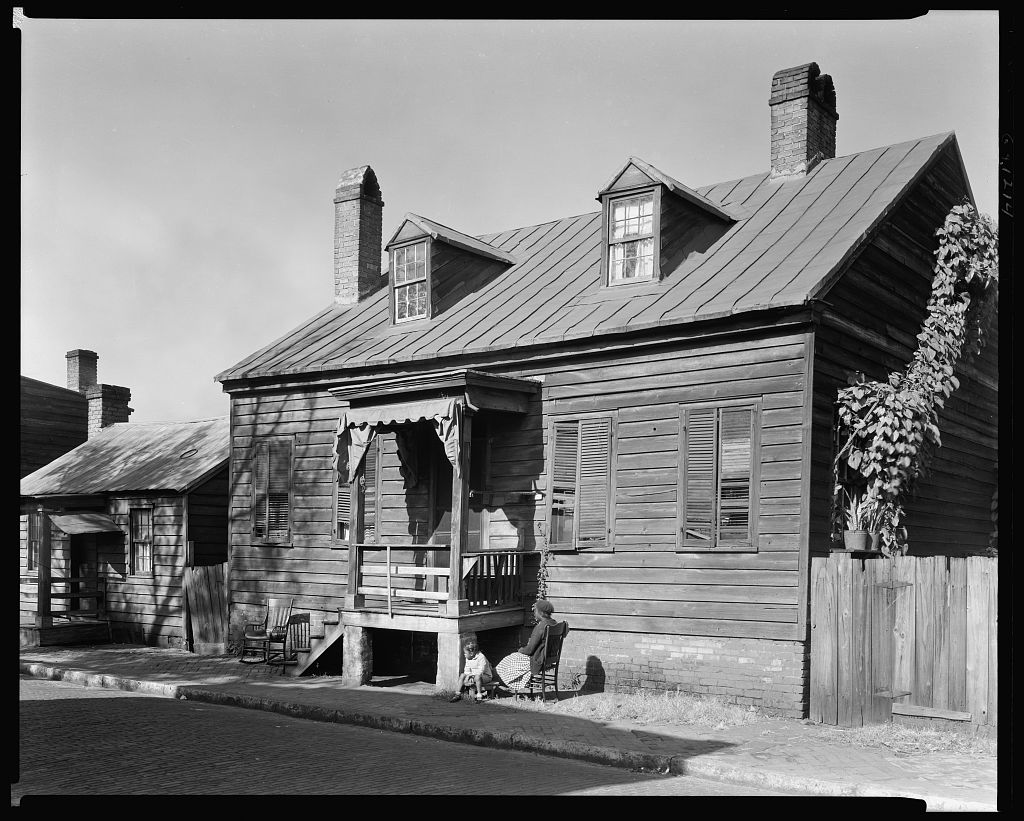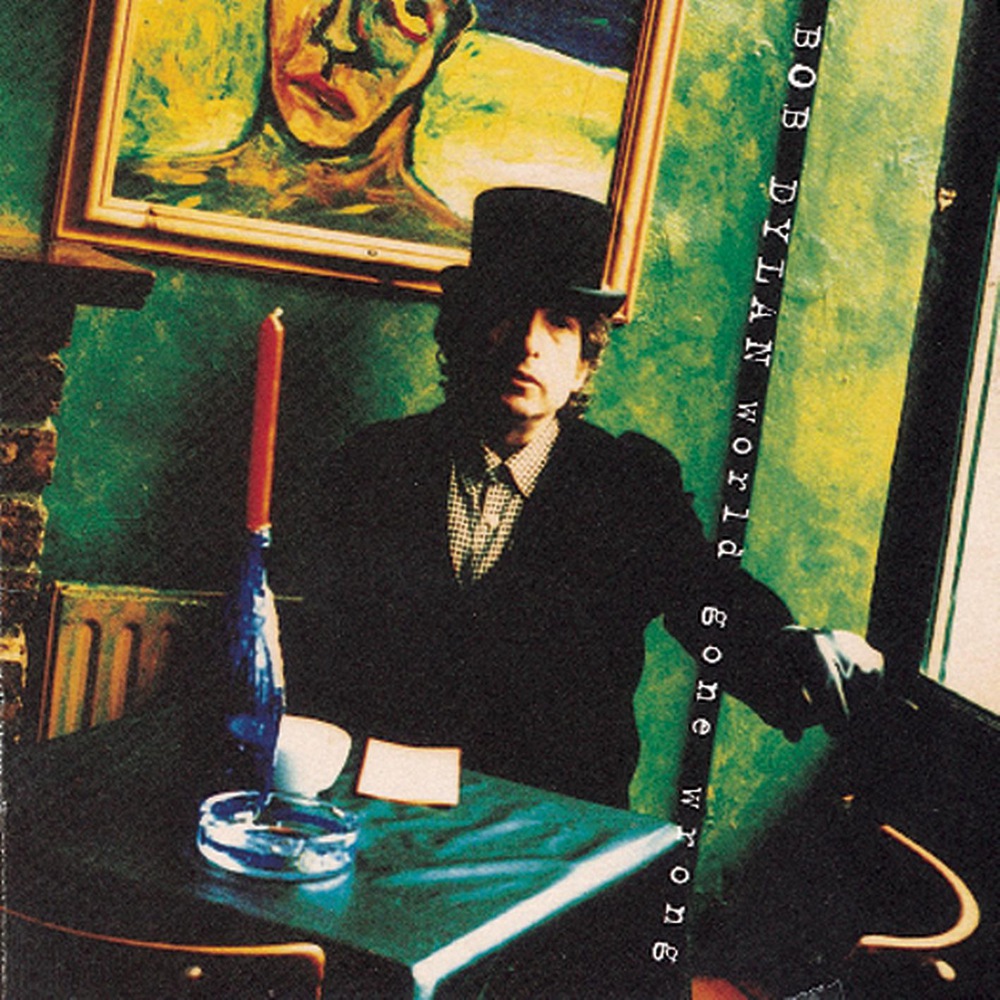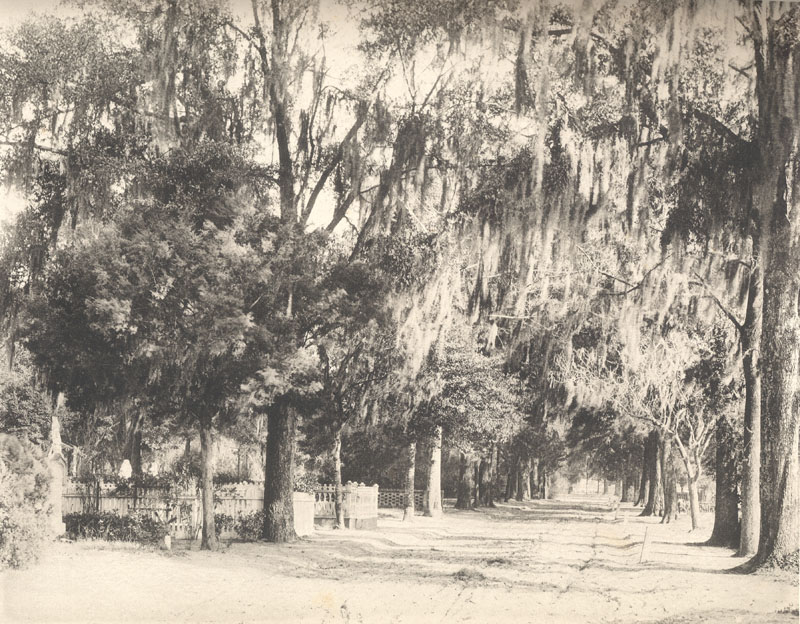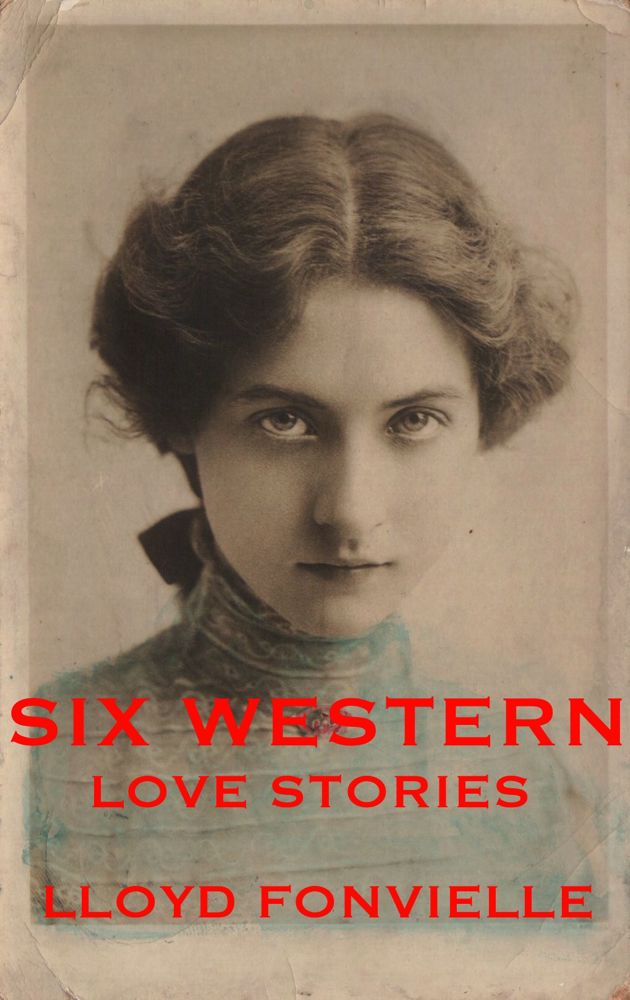Monthly Archives: December 2014
AN LP COVER FOR TODAY
A PRUETT CARTER FOR TODAY
CHRISTMAS IN LOS ANGELES
FIRST SPIN OF THE SEASON
FIRST SPIN OF THE SEASON
CHRISTMAS LONG AGO
A PULP WESTERN COVER FOR TODAY
BOB DYLAN IN AMERICA
The cultural influences on any great artist are all but impossible to disentangle. They are incredibly complex and only partly conscious. Sean Wilentz, however, has taken a brave stab at the task in the case of Bob Dylan in this book.
Wilentz is particularly good at evoking the aesthetic and intellectual ambiance out of which Dylan conjured his artistic personae. The direct influences may be tenuous or hard to document, but ideas are viral things — they can infect you even when you can’t pinpoint their source, because they circulate invisibly in the wind.
Wilentz’s task is made more formidable because Dylan’s art is based in the appropriation and re-synthesis of so many disparate things. Every image and idea that has ever flitted through his brain has a chance of turning up in one of his songs, transfigured or presented out of context, creating a new context. Historical elements are mashed up, as though past and present coexist, different genres and styles of American music get mixed up with each other, as do personal moods and contradictory ways of looking at the nominal subject of of any particular song, shifting from line to line.
Wilentz will identify component elements of Dylan’s art that you’ve already identified yourself, and suggest others that feel strange but plausible. The value of the exercise is simply to evoke what Dylan does — set your mind to reeling, set your heart to wondering, set your feet to dancing. In the end it’s not about what Dylan himself was thinking or feeling or evoking when he wrote the songs, but what he gets you thinking and feeling and remembering when you hear them.
I would personally take issue with some of Wilentz’s critical views. He is wise and fulsome in his appreciation of Dylan’s late-career work, but toes the general party line that none of it is as great as Dylan’s brilliant signature work from the 60s. I came of age in the glare of Dylan’s brilliant signature work of the 60s — it helped define who I am and I feel a special sort of fondness for it — but I think his late-career work, from Time Out Of Mind on, is far greater and more important.
Wilentz also writes respectfully and affectionately about Christmas In the Heart — which is more than most critics have — without fully capturing the magnificence and genius I see in that album.
In the end, though, Wilentz’s critical evaluations, spot-on as most of them are, aren’t the great virtue of his book. That virtue is reminding us to go back and listen to the songs one more time, because they change each time we hear them — because their dynamic is unstable, their centers shift . . . and we change along with them.
CHRISTMAS RUINS
An abandoned Santa Park, Golden Valley, Arizona — photo by Tim Huffman.
Via Atlas Obscura.
Click on the image to enlarge.
NO DIRECTION HOME
I was born very far from where I’m supposed to be, and so I’m on my way home.
— Bob Dylan
There’s no direction home in Bob Dylan’s world because every road he could possibly take in any direction leads there. There’s no street, highway, country lane or footpath on which he won’t meet someone interesting, find unexpected hospitality, a stranger who’ll put him up for a day or two, a friend, a sage, a lover, a joke, a tall tale, a word of kindness or the snatches of a new tune.
God made the world to be a grassy road before his wandering feet — yours, too.
TRAPPED IN THE HEART OF IT
Time once again for my track by track commentary on Christmas In the Heart, the album that’s a blessing to all this season:
AT THE HOLIDAY CLUB
DELIA, OH DELIA
. . . how can it be? You wanted all of them rounders . . . you never had time for me.
“Delia” is one of the earliest blues songs of which we have any record, dating to around 1910. It was based on a real incident in Savannah in 1900 in which a fifteen year-old youth, Moses “Cooney” Houston, shot and killed his fourteen year-old girlfriend, Delia Green, for dissing and cursing him. He was convicted of murder but, because of his age, given a life sentence instead of the death penalty.
The song proceeded down through the years in a multitude of variants, and is associated with several other murder-ballad blues, notably “Frankie and Johnny” and its respective variants.
In 1993 Bob Dylan recorded a version of the song for his album World Gone Wrong, accompanying himself on acoustic guitar. According to Sean Wilentz, Dylan based his version on David Bromberg’s, from 1971, but he made some crucial changes to it.
Most importantly, he changed the traditional line that punctuated the verses — “She’s all I’ve got is gone” — to “All the friends I ever had are gone.” The traditional line suggested that it was the convicted youth — identified in different versions as Cooney or Curtis or Cutty — singing the song from his prison cell, though sometimes referring to himself in the third person. It also suggested that the heartbreaking lines at the end, addressed to the departed Delia, also belonged to the youth who killed her — “Delia, oh Delia, how can it be? You loved all of them rounders . . . you never did love me.”
But the change Dylan made — “All the friends I ever had are gone” — suggests something quite different, that the song is being sung by a third person, who loved Delia and was friends with Curtis, and now has lost them both, one to the graveyard and one to a life sentence in prison.
[Delia Green is buried in Laurel Grove Cemetery in Savannah, above, in a location now unknown.]
Whatever Curtis’s dispute with the “rounders, trying to cut me out”, whatever his dispute with Delia, a gambling girl, and thus a rounder herself — whatever led to Delia’s death — is not important to the singer of the song . .. . was not any of his doing. What’s important is that Delia’s attraction to the rounders and to Curtis, her rejection of the singer’s love, have led to nothing but disaster, for all concerned.
“It could have been so different,” the singer seems to say, “if only you’d loved me as much as I loved you.” And now it’s all just a harrowing mystery (how can it be?) in a world gone horribly wrong.
This represents a radical reworking of the narrative and meaning of the song, related to other songs Dylan would write later, particularly “Red River Shore”, in which the singer looks back on a life haunted by a girl who, like Delia, wouldn’t accept his love.
Wilentz, who writes admiringly about “Delia” in his book Bob Dylan In America, totally misses what Dylan has done with the song, a revision that helps explain why Dylan sings it with such wrenching emotion, with the urgency of a heartache that is almost unbearable. He’s not talking about a tragedy that happened to two friends of his but about his own tragedy, a tragedy of missed connections, of unrequited love, of inexplicable loss and unrelieved longing — themes that would inflect much of Dylan’s original work in the years after World Gone Wrong.
NOW PUBLISHED
These are not ordinary Western romances — they are as wild, as bitter, as sweet as the Old West itself . . . raunchy at times, violent at times, heartbreaking at times, pulsing with the high spirits of a rambunctious frontier:
One Kiss — the ghost of an old love visits the mind of a feckless wanderer and redeems a lifetime of regret . . .
Hidden Canyon — a silent film star makes her first Western on location in Arizona and learns about the preposterous snares of Hollywood and the hard-bitten charms of a real cowboy . . .
Decline and Fall — a man carries a book in his saddlebags and reads it over and over again, until he finds a woman who understands why . . .
Young Love — a sixteen year-old preacher’s son and a twenty-two year-old whore discover the miracle of impetuous flapdoodle . . .
Romance — a clueless outlaw courts a respectable schoolmarm and nearly pays for it with his life . . .
My Hero — a fourteen year-old girl is rescued from hopeless servitude by a fearless gunfighter, who teaches her what true gallantry is . . .
Only 99 cents for the lot — available at the link below for the Kindle or for the free Kindle Reading Apps that work on almost any computer or portable device:

